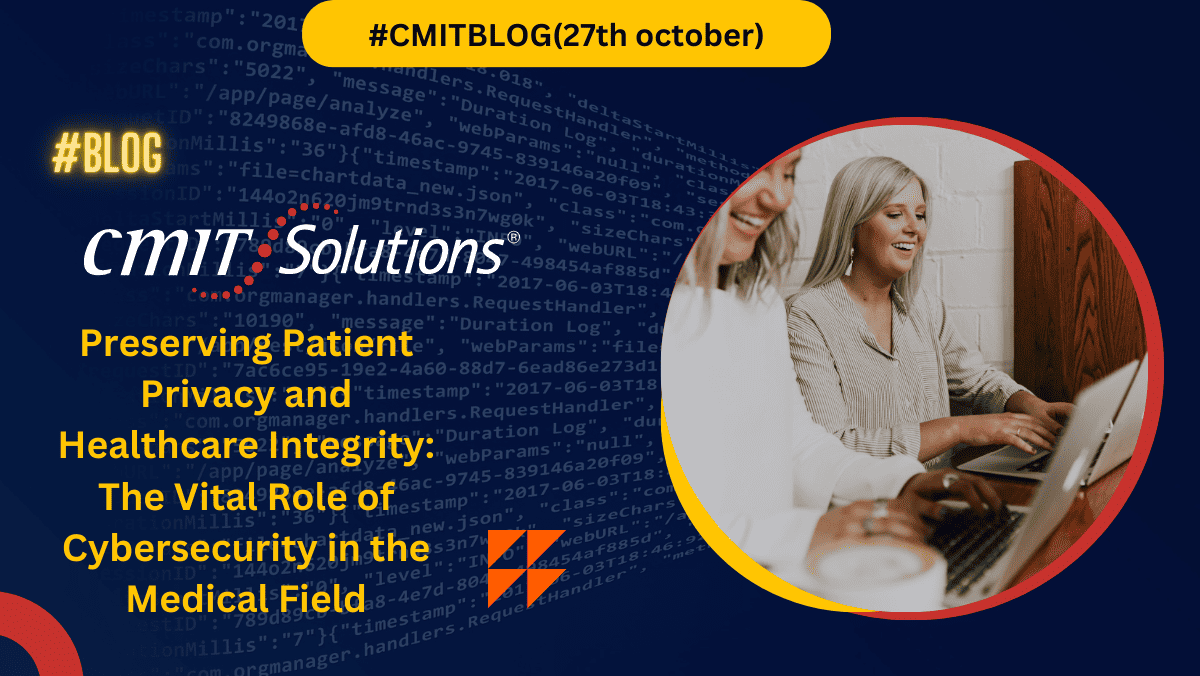Introduction
In today’s digital age, the medical field relies heavily on technology to improve patient care, manage data, and facilitate communication. However, the increased dependence on technology has also made healthcare systems a prime target for cyberattacks. In this blog post, we will delve into the importance of cybersecurity in the medical sector and explore how it safeguards patient data, ensures healthcare integrity, and promotes innovation in the industry.
1. Protecting Patient Data
Patient data is one of the most sensitive types of information, and its protection is paramount. Cybersecurity in healthcare is crucial for safeguarding electronic health records (EHRs) and patient information from unauthorized access or breaches. Strong encryption and access controls help ensure the confidentiality of patient data.
2. Regulatory Compliance
The healthcare industry is heavily regulated, with laws such as HIPAA (Health Insurance Portability and Accountability Act) in the United States. These regulations require healthcare providers to maintain robust security measures and data privacy practices. Cybersecurity is essential for ensuring compliance with these laws and avoiding severe penalties.
3. Mitigating Ransomware and Malware Threats
The healthcare sector is a prime target for ransomware attacks, which can disrupt critical healthcare operations and put patient lives at risk. Cybersecurity measures, such as regular software patching, email filtering, and employee training, are vital to mitigate ransomware and malware threats.
4. Securing Medical Devices
The proliferation of connected medical devices, such as pacemakers and insulin pumps, presents unique cybersecurity challenges. Vulnerabilities in these devices can be exploited by malicious actors. Ensuring the security of these devices through regular updates and strong access controls is crucial for patient safety.
5. Telehealth and Virtual Care
The rapid growth of telehealth and virtual care services has expanded the attack surface for cybercriminals. Ensuring the security and privacy of telehealth platforms is essential for protecting patient data during remote consultations and treatments.
6. Insider Threats
Insider threats, whether intentional or accidental, can compromise patient data. Proper access controls, employee training, and monitoring can help mitigate the risk of insider breaches.
7. Emergency Response and Disaster Recovery
Healthcare organizations must be prepared for cyberattacks and data breaches. Developing robust emergency response and disaster recovery plans can help ensure that essential healthcare services continue in the face of cyber incidents.
8. Collaboration and Information Sharing
Sharing information on emerging threats and best practices in healthcare cybersecurity is critical. Healthcare organizations, vendors, and government agencies must collaborate to stay ahead of evolving threats and to develop effective strategies to protect patient data and the integrity of healthcare services.
Conclusion
Cybersecurity is not an option in the medical field; it is an absolute necessity. The protection of patient data, regulatory compliance, and the integrity of healthcare services all depend on robust cybersecurity practices. As technology continues to play an increasingly central role in healthcare, the importance of maintaining a strong cybersecurity posture will only grow. It is a shared responsibility to ensure that patient privacy is preserved, and healthcare services remain secure and reliable in our digitally connected world.





